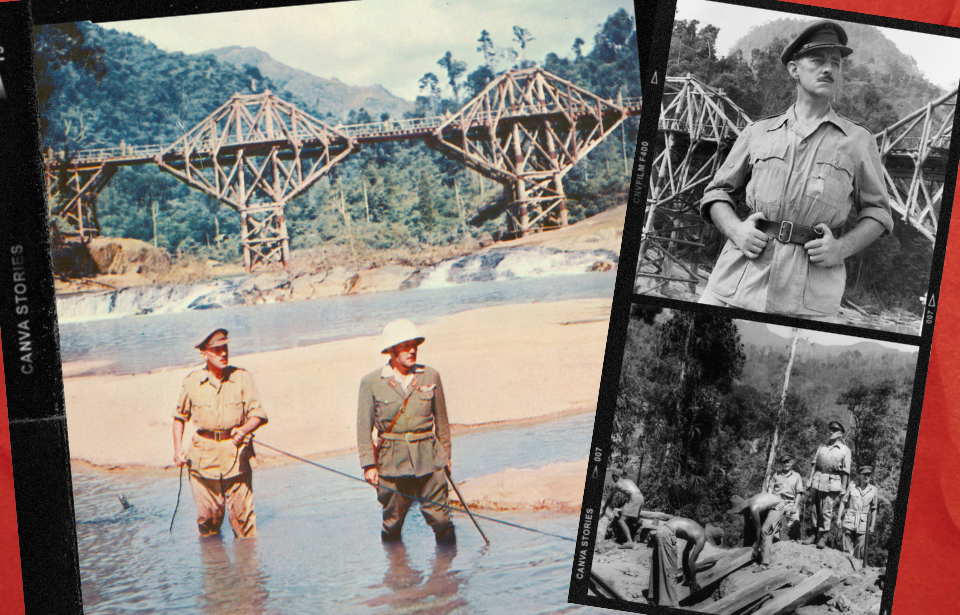The 1957 historical epic The Bridge on the River Kwai has long been regarded as one of the greatest war films ever made. Based on the horrific true story of the Burma Railway, the movie sheds light on the experiences of British prisoners of war (POWs), who faced terrible conditions and abuse at the hands of the Japanese. It also highlights the strong bonds of friendship and loyalty between the British soldiers as they overcome the impossible.
The true story of the Burma Railway is even more heart-wrenching, emphasizing a side of the Second World War that’s often overlooked today. The Bridge on the River Kwai omitted several important details that show this, leaving survivors frustrated.
The Bridge on the River Kwai (1957)
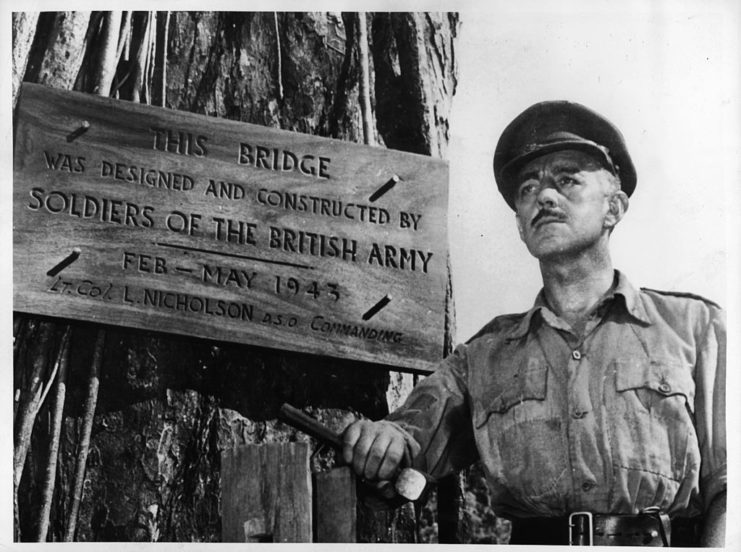
Directed by David Lean and starring William Holden, Alec Guinness and Jack Hawkins, The Bridge on the River Kwai was based on the 1952 novel by Pierre Boulle.
The story follows a group of British prisoners of war, led by Lt. Col. Nicholson, who arrive at a Japanese prison camp in Thailand in 1943. There, they meet “Commander” Shears of the US Navy, who informs them of the countless atrocities he’s witnessed. The camp commandant, Col. Saito, informs the new POWs that they’ll be forced to work on the construction of a railway bridge over the Khwae Yai River, which will connect Bangkok and Rangoon.
The film focuses on the interactions between Nicholson and Saito. As the prisoners labor to erect the bridge, the two clash over the importance of the task, eventually forming a grudging respect for one another. Things culminate in a dramatic explosion as the structure is completed, destroying the bridge and symbolically undermining the Japanese war effort.
The Bridge on the River Kwai was a major success, becoming the highest-grossing film of 1957 and snagging seven Academy Awards, including those for Best Picture, Best Actor and Best Director. While the movie is a powerful reflection of the forced labor along the Burma Railway, the true story behind its screenplay is far worse.
The Japanese needed a new supply route
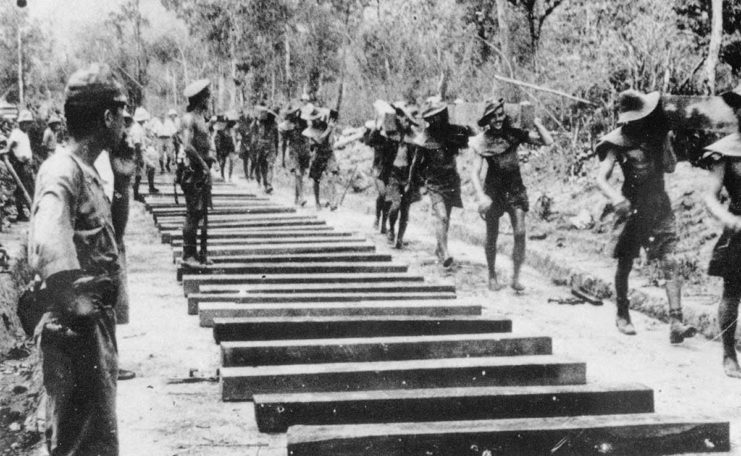
The structure referenced in The Bridge on the River Kwai is based on Bridge 277, which still stands today. It was part of the Burma Railway, a 258-mile stretch of rail lines constructed by Allied prisoners of war and forced laborers.
The railway came about after the fall of Singapore in February 1942, which forced Japan to find another supply route to link Singapore and Malaysia to their connections in Burma. The use of ships was out of the question, as the Americans had gained control of sea lanes traditionally used by Japanese cargo vessels.
Instead, they chose to build a railroad, a massive undertaking that was expected to take up to five years to complete. That timeline was unacceptable to officials, who, rather than use their own soldiers and workers, established camps filled with POWs and forced laborers from throughout Asia.
Using prisoners of war (POWs) to build the Burma Railway
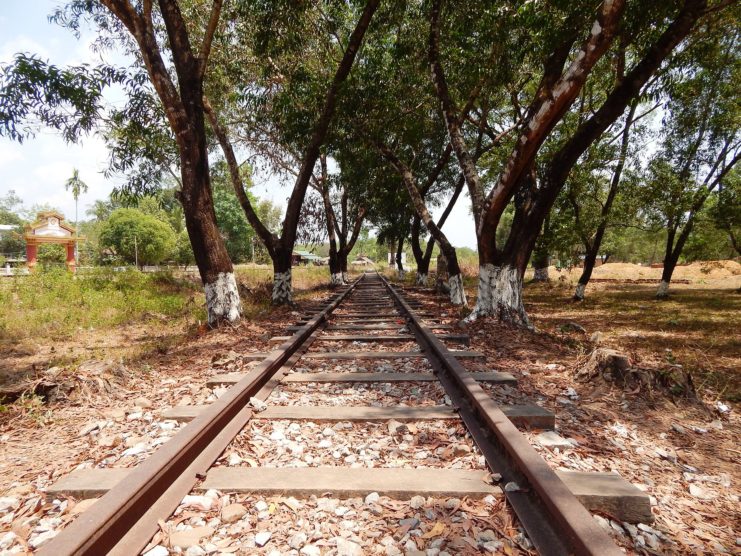
Work on the Burma Railway began in July 1942 and was completed the following year, slicing the proposed construction time to just over one-fifth of what was expected. However, this efficiency came at a great cost. Dubbed the “Death Railway” by workers, it’s believed 75 men died every day (some sources say 20), and, in all, 90,000 civilians and 13,000-16,000 Allied prisoners of war perished while building it.
One British POW later recalled, “Everywhere in the jungle, the graveyards made their appearance; starting in a small way they gradually grew bigger, until when the railway was completed at the end of the year, thousands of bodies lay in the jungle from one end to the other.”
The work was as brutal as the conditions. Some sections required digging through mud and filthy waterways where dysentery was all but guaranteed, while others meandered through dense jungles and solid rock, such as the notorious “Hellfire Pass.” POWs and laborers were worked to death, spending their nights on dirt floors in shoddy bamboo huts. Even with little food and water, poor conditions, and primitive tools, they pulled off a true feat of engineering, even building 670 bridges along the railway.
The Bridge on the River Kwai (1957) faced backlash
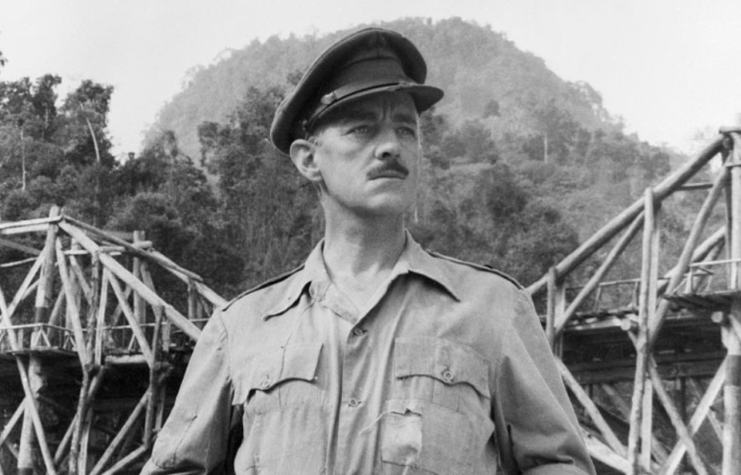
Japanese prisoner of war camps were notorious for neglect and abuse, and the Burma Railway was truly a nightmare. Malaria, dysentery, cholera and malnutrition ran rampant, and guards frequently tortured and abused prisoners.
The real story of Lt. Col. Philip Toosey inspired the character of Lt. Col. Nicholson in The Bridge on the River Kwai. Those who survived the Second World War said Toosey was the greatest officer they’d ever served under, due to his compassion and emphasis on equality, regardless of rank. He frequently refused separate accommodations, and regularly stood up for his men. He also tried to make those he couldn’t save were as comfortable as possible before they passed.
Many survivors of the Burma Railway prison camps actively decried the film for its inaccurate representation of the horrors they experienced, as well as its misrepresentation of Toosey. They believed it and the novel both failed to accurately depict the death marches and unrelenting abuse by the guards.
They also felt the cast could never understand the true magnitude of their experience, and were disappointed by Nicholson, who collaborates with the Japanese prison leaders. Toosey’s men said this never happened, and that, instead, he would have stood up for his fellow POWs, rather than cooperate.
According to The Guardian, letters released in 2020 reveal the tensions between the filmmakers and veterans for their portrayal of the relationship between POWs and Japanese prison guards. One from the Far East Prisoners of War (FEPOW) Committee emphasized that officers were more obliged to focus on how to escape the camps or sabotage the construction project, rather than collaborate with their captors.
Maj. A.G. Close of the War Office’s PR division drafted a letter after reading the script for The Bridge on the River Kwai, in which he wrote, “I do not think much of this story. In the first instance it is quite untrue and only very occasionally resembles the facts as they were at the time. I am perhaps biased as I worked for three and a half years on this particular railway.”
Is The Bridge on the River Kwai the best war film of all time?
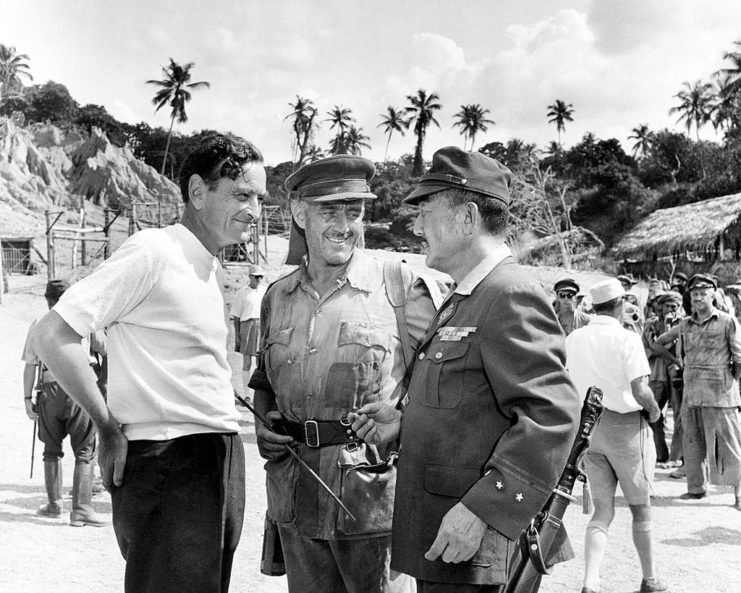
The Bridge on the River Kwai has been cemented in Hollywood history as one of the greatest war films ever made. In 1997, it was deemed “culturally, historically, or aesthetically significant” enough to be preserved in the US Library of Congress’ National Film Registry, and it was also voted the 11th greatest British movie of the 20th century by the British Film Institute.
Beyond the awards and accolades, The Bridge on the River Kwai‘s legacy is undoubtedly problematic. While it presents a compelling picture of the construction of the Burma Railway, many veterans and survivors believe it’s far from an accurate retelling of the horrors they experienced, nor is it a reflection of the Allied officers who fought to keep their men alive.
More from us: The True Story Behind ’13 Hours: The Secret Soldiers of Benghazi’
The film does, however, serve as a potent record of one of the most deadly atrocities of the Second World War that generations will continue to reflect upon for years to come.
